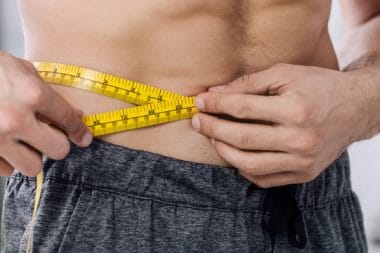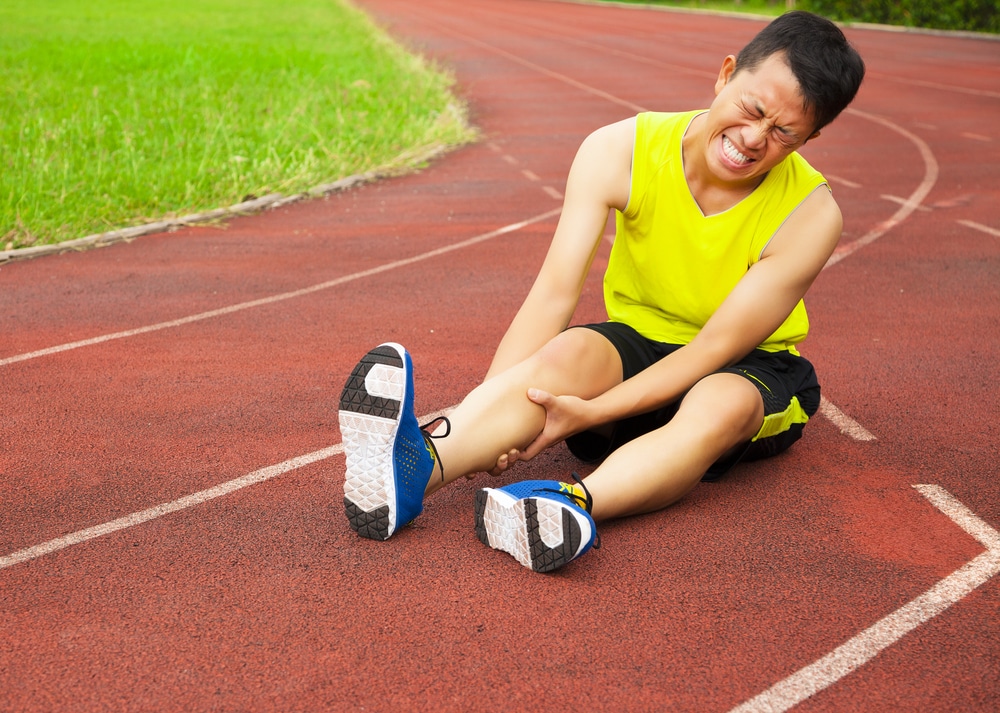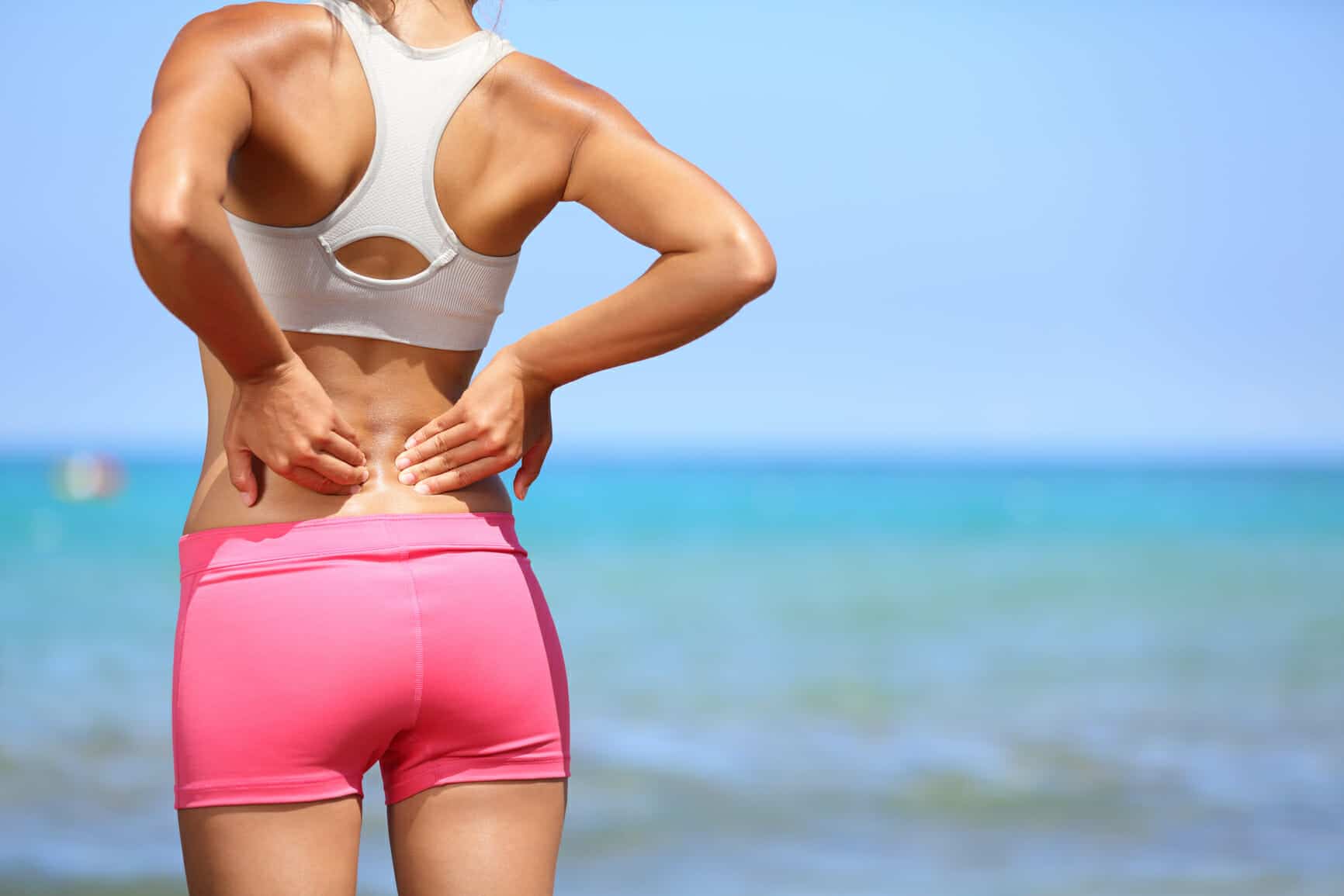It may seem quite daunting to begin a ketogenic diet. After all, you’re practically cutting out the entire carbohydrate food group. Rest assured, it doesn’t have to be overly difficult to live the keto lifestyle. If you want to lose weight, you’ll still have to restrict your calories, but the satiating qualities of this diet will make it much easier to refrain from overindulging.
Cut the Carbs
A ketogenic diet is low carb, moderate protein, and high fat. Keep your net carbs (gross carbs with fiber subtracted) under 20 grams a day to ensure ketosis. Some people may go up to 50 grams a day, but this is after they become fat-adapted (i.e., the body has switched to burning fat for fuel rather than glycogen). While bread, potatoes, and other sugar-laden foods are to be avoided, you’ll still consume a few carbs from things like vegetables, certain fruits, and dairy products.
Hit Your Protein Requirement
You should be eating 0.8 grams of protein per pound of lean body weight. Calculate your needs, and aim to meet your protein requirement each day. Though some people think of keto as the “bacon diet,” it’s important to get your protein from a variety of sources. You can eat beef, pork, chicken, fish, and even protein powder supplements. Eating adequate protein will help preserve muscle while you’re eating at a calorie deficit.
Fill Up With Fats
While 20 grams of carbs is a limit, and your protein requirement is a goal, the amount of fats you can have is more open to fluctuation. Use fat to keep you satiated throughout the day while maintaining a calorie deficit. If you’re feeling hungrier one day, it’s OK to eat a few more calories. If you’re less hungry the next, you can restrict your calories to make up the difference. While you should aim for an approximate calorie deficit of 20 percent, you can count your overall calories for the week rather than one specific day. Focus on healthy fats, including coconut oil, avocado, grass-fed butter, and extra virgin olive oil.
Electrolytes
What some refer to as the dreaded “keto flu” is a variety of symptoms caused by an electrolyte imbalance, including headaches, nausea, sore or cramping muscles, and a lack of energy. It’s caused by limiting carb intake, as your body depletes its glycogen stores and excretes the water needed to maintain them. When the excess water is flushed out, electrolytes (sodium, potassium, and magnesium) are flushed out with it. Avoid keto flu by ensuring you get adequate amounts of these minerals. You can buy a salt substitute that is half sodium and half potassium, and sprinkle it on your food. Magnesium can be taken as supplement. The chelated varieties, supplements ending in “-ate” rather than “-ide,” are best because they are less likely to cause gastrointestinal discomfort.
A ketogenic diet is a great way to stay healthy. It helps cut out all the unnecessary extras, like sugary breads and processed foods. While you might find yourself occasionally indulging in a non-keto treat, you can still reap the benefits of a healthful, keto lifestyle.





